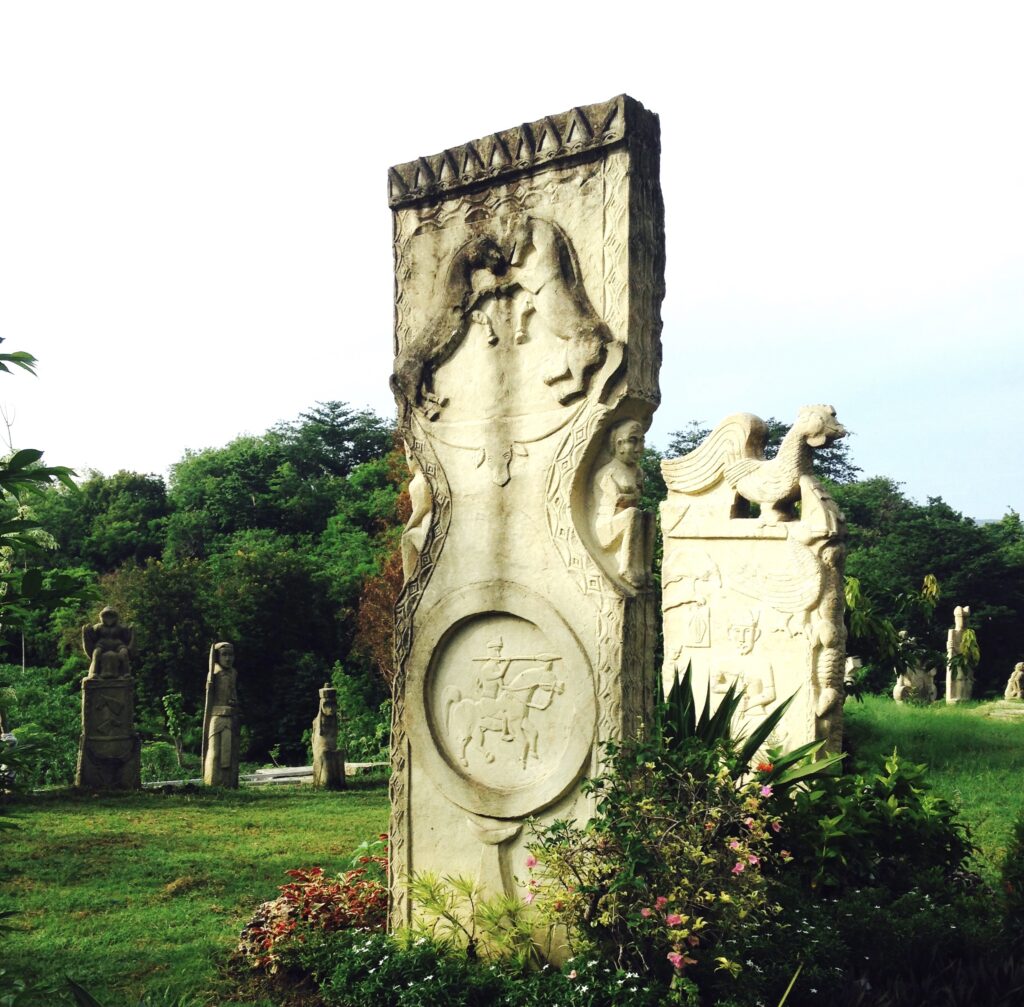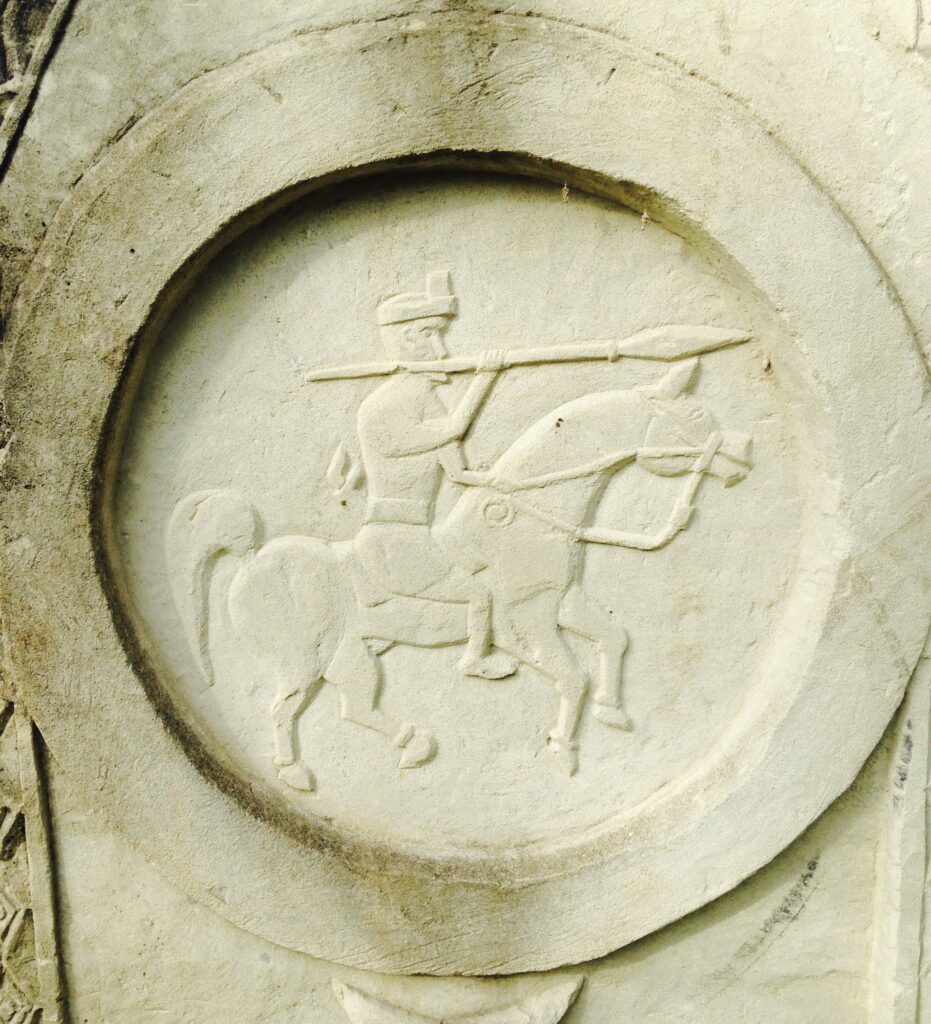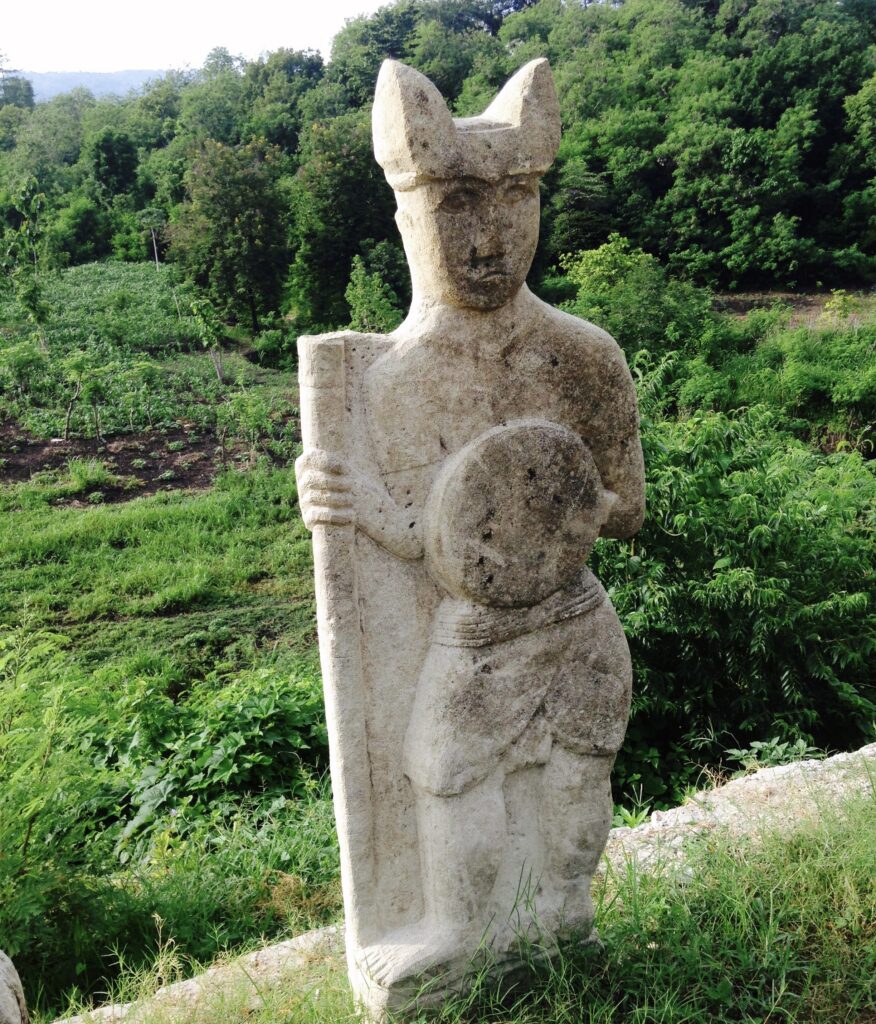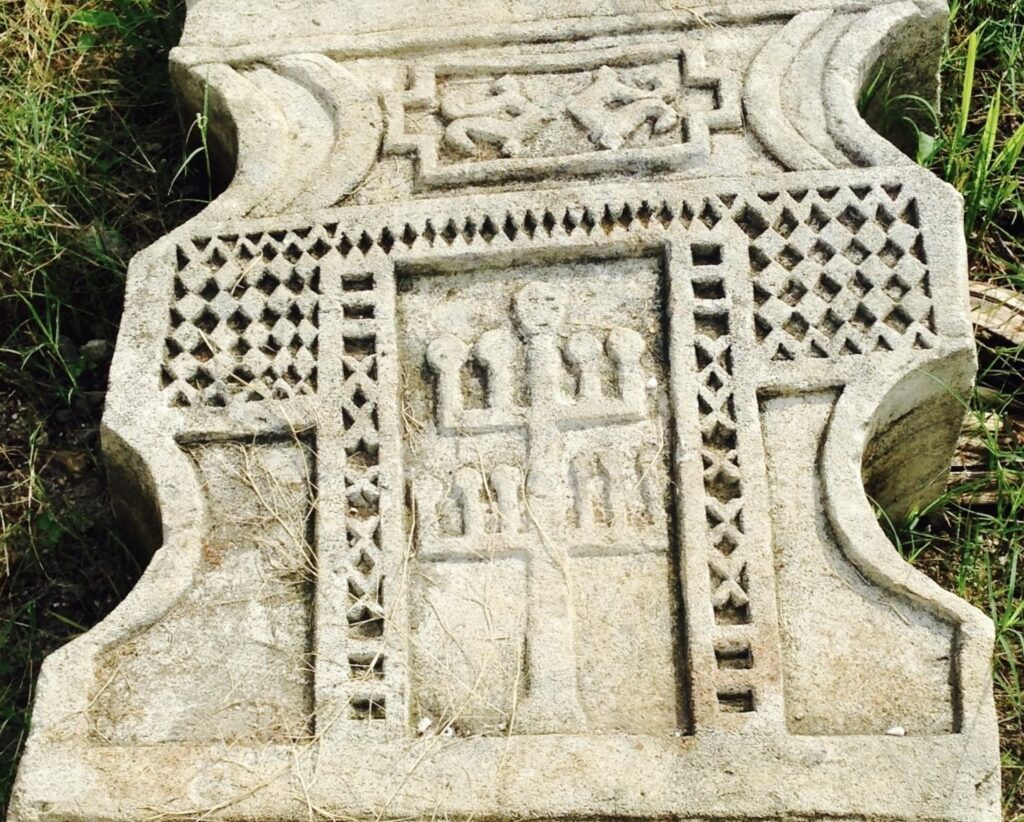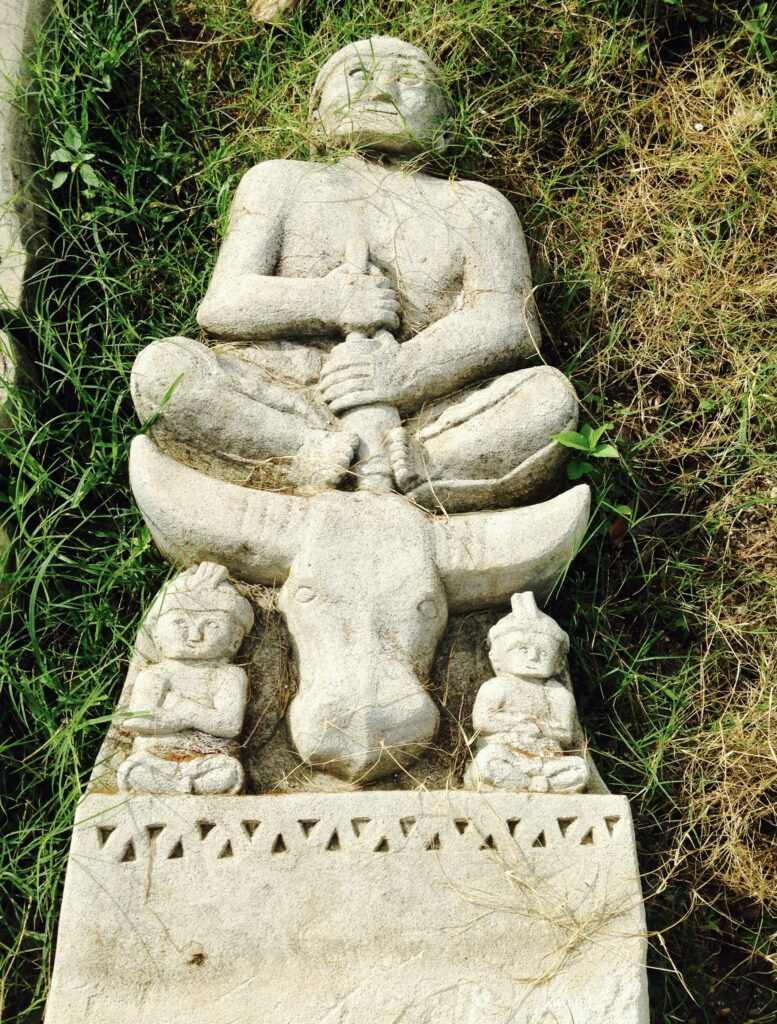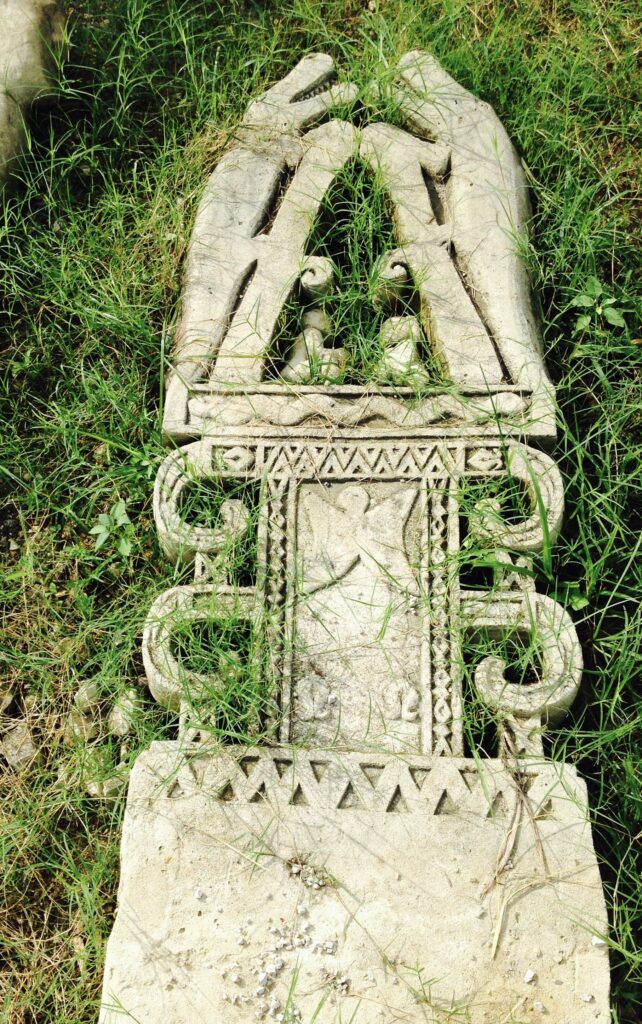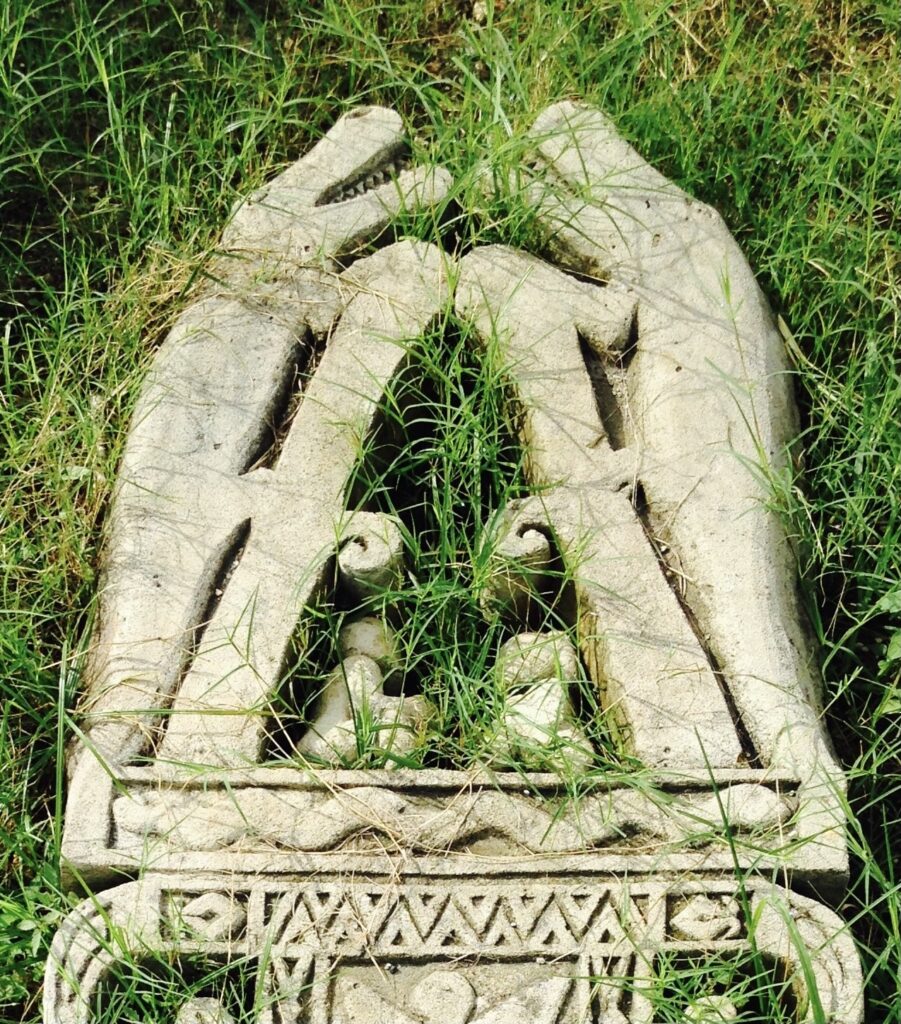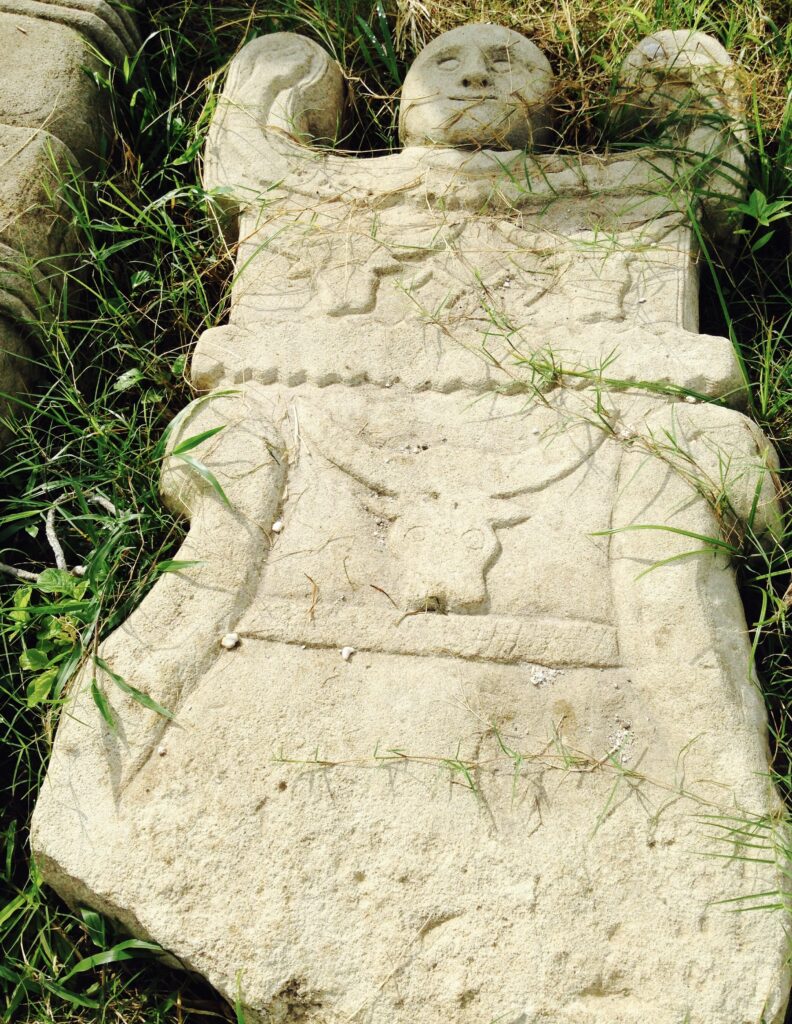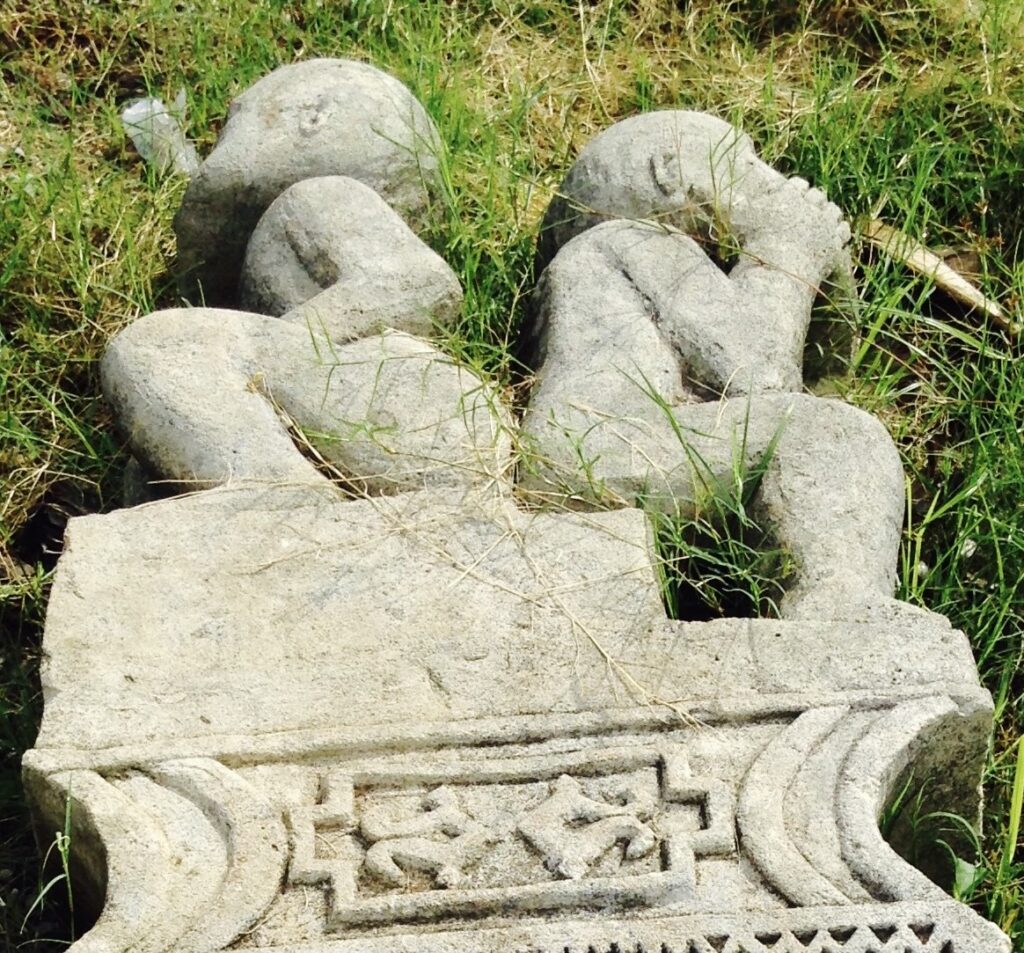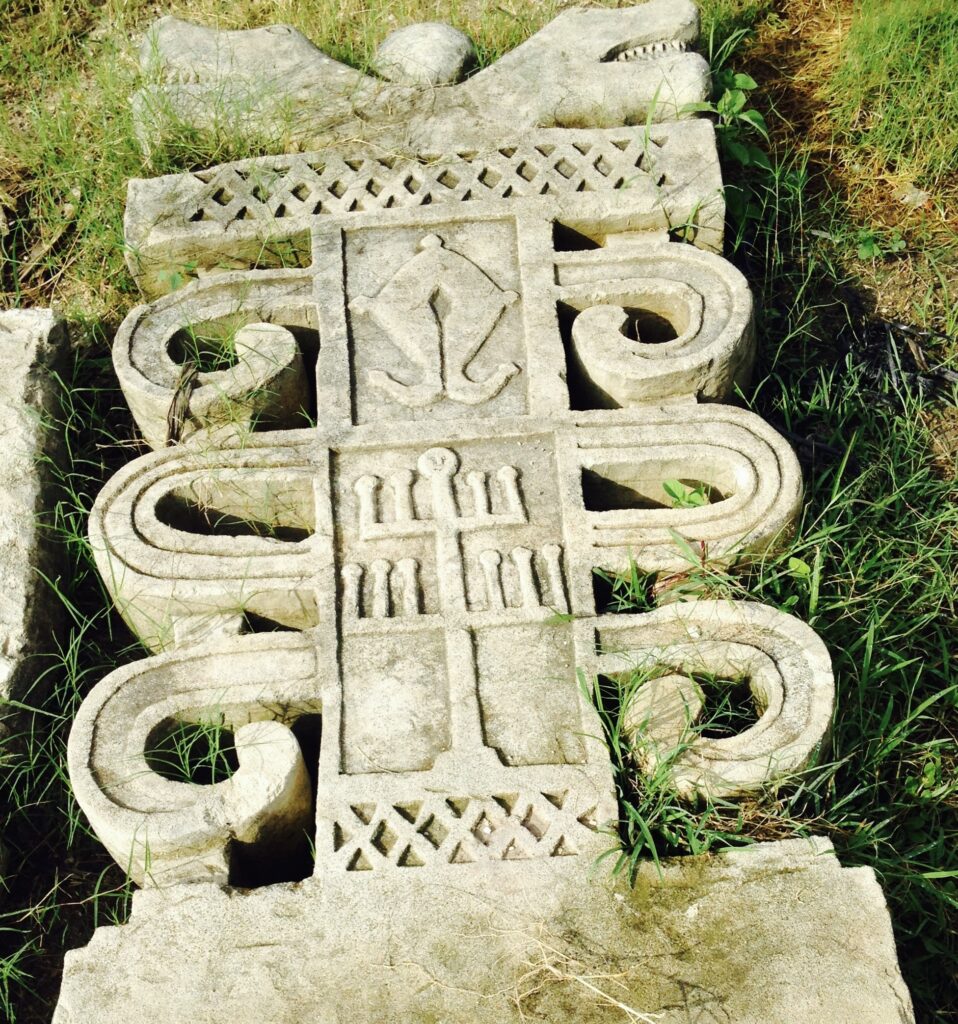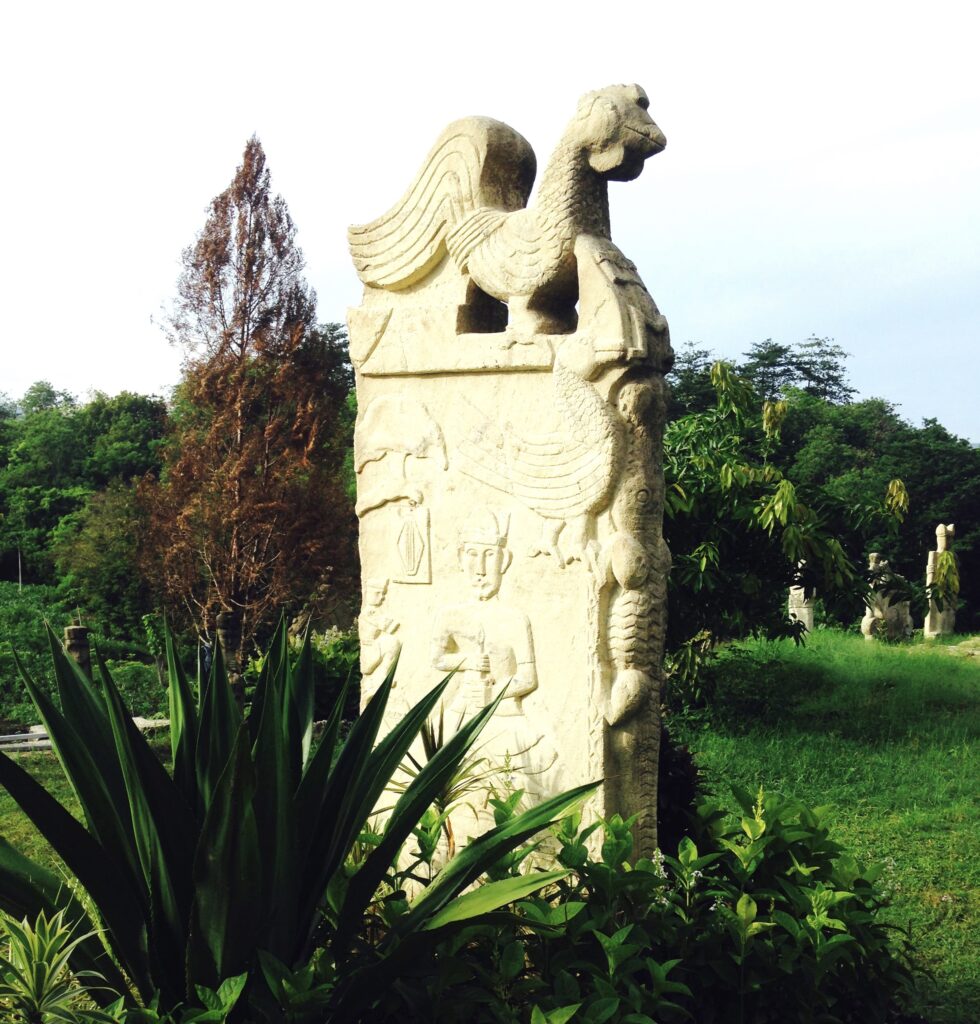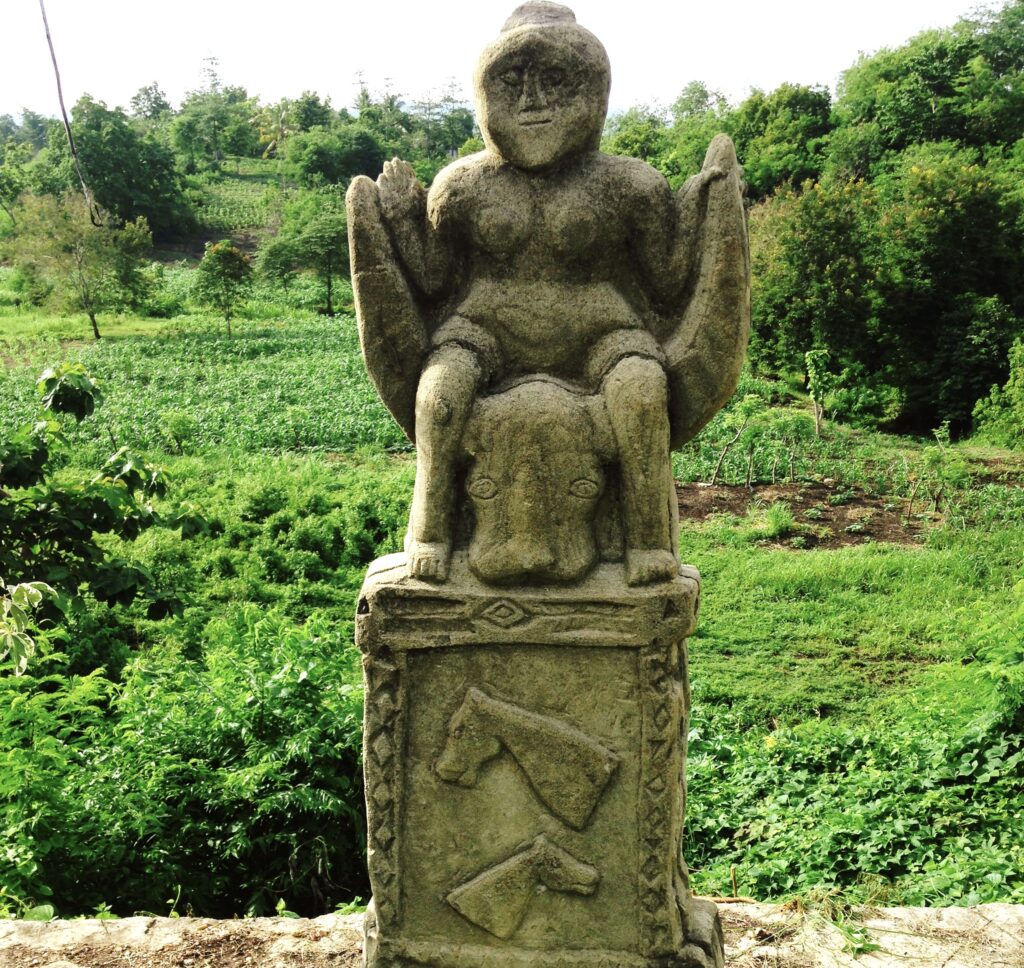Culture
The island of Sumba is undoubtedly one of the most interesting destinations in the entire archipelago as far as tribal culture is concerned.
Traditional religion which is based on the cult of the Marapu or spirits and ancestors, is still very strong in the region, influencing the ceremonies, festivals and architecture of rural settlements.
What has transformed Sumba into one of the most interesting places in the world from a cultural point of view is the animist tradition, which many scholars date back to the Neolithic age.
Sumbanese are traditionally divided into three tiers; in social life: (Raja / King) – Maramba Kabihu, and Slaves Ata.
Sumba cherishes and preserves its traditions, including the feudal and warrior ones, which culminate in the period between February and March in the Pasola tournament, a battle on horseback between clans an authentic propitiatory rite to ingratiate oneself with the world of ancestors and to obtain a good harvest.
It is said that, for the occasion, the gods descend to earth to join the celebrations, the ceremony begins seven days after the full moon, and it is the “rato” (priest) who indicates the dates and places of the tournament.
Even today, megalithic tombs are made for the wealthy, which are built while they are alive. The future deceased organizes the transport of the stone from the quarry to the village (kampung). One day a week, dozens of people from nearby kampungs gather, and together they drag the stone on rollers. Volunteers are paid with a large collective lunch (roast of spicy animals, such as pigs, buffalo and horses).
Like its location on the map – and mainly because of this Sumba is not in line with the rest of Indonesia. The waves of Buddhism, Hinduism, Islam, and Christianity, and the great empires of Sumatra, Java, and Sulawesi have left Sumba almost untouched. The Dutch established a colonial government in Sumba only after hundreds of years of neglect.
This relative isolation has allowed Sumbanese culture to develop in a kind of vacuum and persist with extraordinary integrity. The island was converted to Christianity by the Dutch, who officially administered the island from 1913 to 1945 until Indonesia’s independence, however the traditional animist cult characterize every aspect of the daily life of every Sumbanese, even if officially only 20% of the population observes the Marapu cult and the cult of the ancestors.
The Sumbanese call their island house of god “Tana Humba” generated by their ancestors who came from heaven.
Legend has it that once the sky and the earth were connected by a staircase. The term Marapu refers to both divine spirits and the spirits of ancestors. According to tradition transmitted orally, the first inhabitants of the island were generated by eight couples formed from the union of the children of the moon and the children of the sun.The spirits of the ancestors are consulted on the occasion of special events such as marriages, births, the construction of a house, with the help of the “rato” during the oracles, the reading of the future is asked through the entrails of animals following of the giving of offers.
The Marapu symbolizes the invisible world: it is a typical element of megalithic culture and is inseparable in the life of every Sumbanese where the house is not only seen as the home but also as the symbol of the universe, which connects the divine world to that of man.
Before European colonization, the island of Sumba was inhabited by many small ethnic groups, some of which had tributary relations with the Majapahit empire. In 1522 the first ships from Europe arrived and from 1866 Sumba became part of the Dutch East Indies, although the island did not come under Dutch administration until the 20th century.
The inhabitants of the island of Sumba (the Sumbanese) speak a variety of the Austronesian languages. 25-30% of the population practices the Marapu animist religion, while the rest of the inhabitants are Christians: mostly Calvinists and a substantial minority Catholics. Small numbers of Sunnis can also be found along the coastal areas.
